Steve Earle was a man out of time in the ‘80s, what with his traditional songwriting values bucking up against the heavily produced music that dominated the airwaves. He soon became a man out of genre as well when he fell out with the Nashville establishment that had once claimed him as one of their own.
Videos by American Songwriter
None of the obstacles, which also included burgeoning personal problems, stopped Earle in pursuit of his artistic truth. His 1988 album Copperhead Road found him at a potent artistic peak amidst all this turmoil.
The Long Road
Despite receiving an impressive musical education throughout much of the ‘70s that included running in the same circles as legends like Guy Clark and Townes Van Zandt, Steve Earle’s own recording career needed some time before it took flight. He did a stint as a songwriter-for-hire in the early ‘80s, and then had a few shots at recording his own stuff fall through.
When he finally reached the point where he could put a record out under his own name, he was more than ready. Guitar Town made him an instant country music sensation in 1986, spinning out a pair of Top-10 singles and setting Earle up as a potential leading light as both a writer and performer in that lane.
But Earle was a bit too restless to simply churn out the same style of music time and again. And the Nashville powers that be weren’t all that comfortable with Earle’s own rebellious spirit and the somewhat untidy details of his personal life.
Copperhead Road was Earle’s way of establishing that his career would be his own to either make or break. Aside from the twang in his vocals, there isn’t a lot on the record that would characterize it as country. As a matter of fact, it showed off more heft and thunder than most of the rock records of that era.
It was also the last great Earle record for a good stretch. His personal problems, which included drug addiction, started to have an effect on the work. Thankfully, Earle got clean and picked up where he left off artistically by the time the second half of the ‘90s rolled around.
Behind the Music of Copperhead Road
The first side of Copperhead Road is full of searing lyrics and crunching guitars. Many critics of the time tried to lump him in with other heartland rockers like Bruce Springsteen and John Mellencamp. A better comparison would have been to the hip-hop artists of the era, folks like Public Enemy and N.W.A. who spat out the truth regardless of whether it was polished or polite.
The title track depicted a moonshiner’s take with sympathy and without judgment. “The Devil’s Right Hand” was an outlaw anthem as winning as those penned by the folks from whom Earle first learned. Much of that first side can be summed up by these lyrics of “Back to the Wall”: ‘Cause you’ve got no place to fall / When your back’s to the wall.
Earle then used the second side for a series of love (and love-lost songs). The music doesn’t let up much in intensity, but the focus switches from the life-and-death stakes of the first five songs. But maybe that was his point all along: If you don’t get that part of your life right, it’s not too far a fall into the desperate predicaments of the previous songs.
Copperhead Road still holds up better than so many other albums released by Earle peers—both in the country and rock world—around that time. It might not have been perfectly suited for any specific genre, but fans of great music in general could understand its excellence with no problem.
Photo by Clayton Call/Redferns


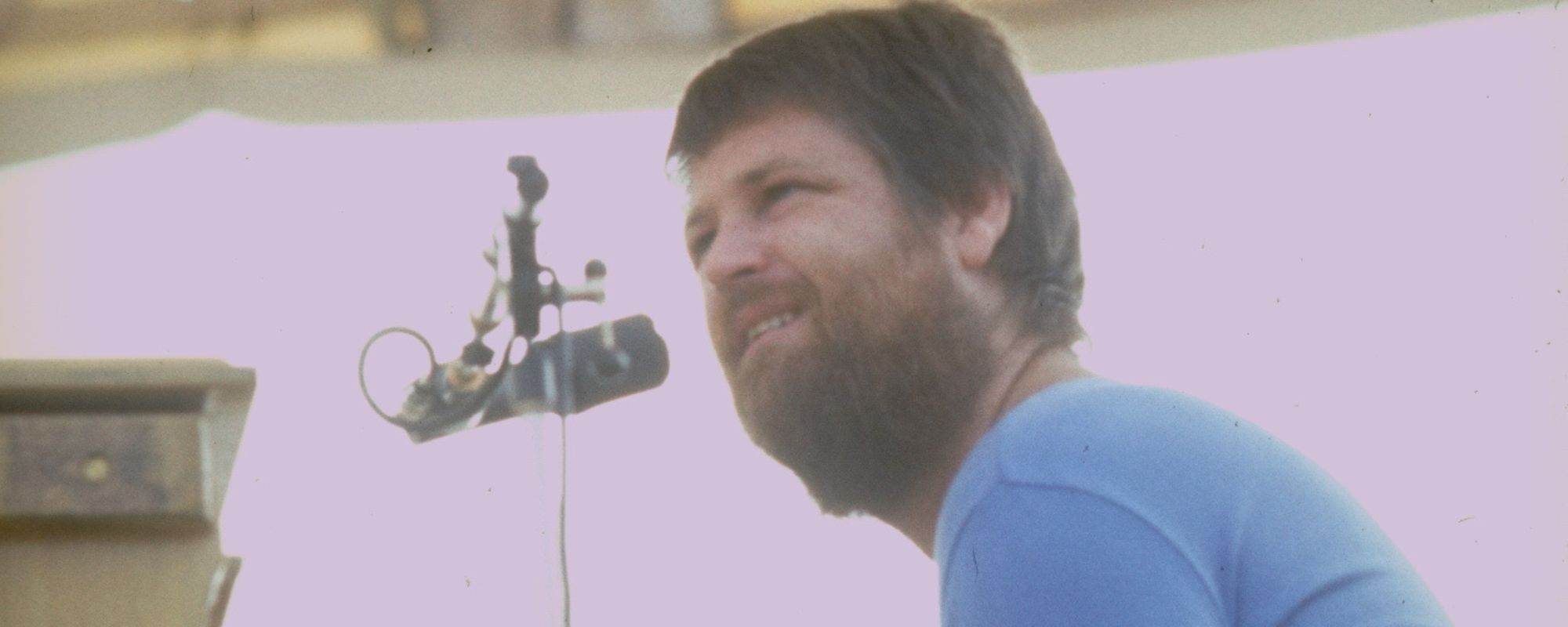

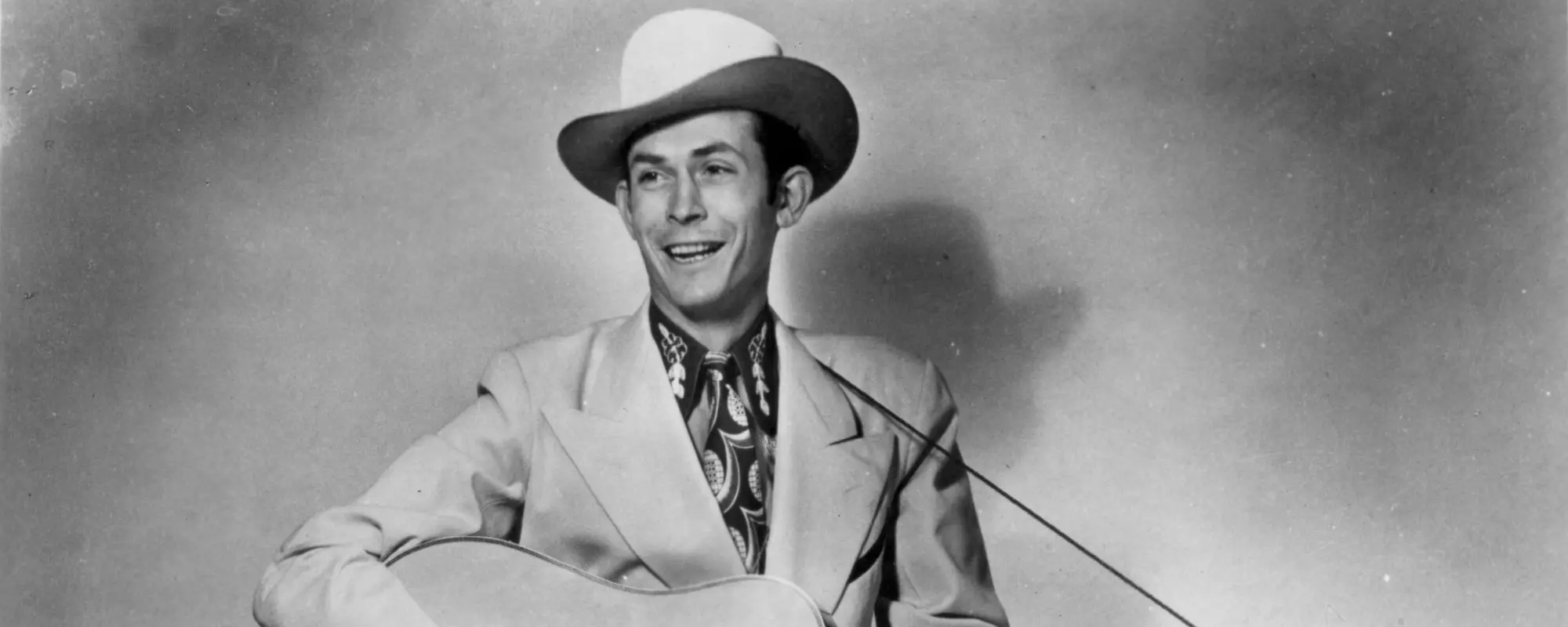

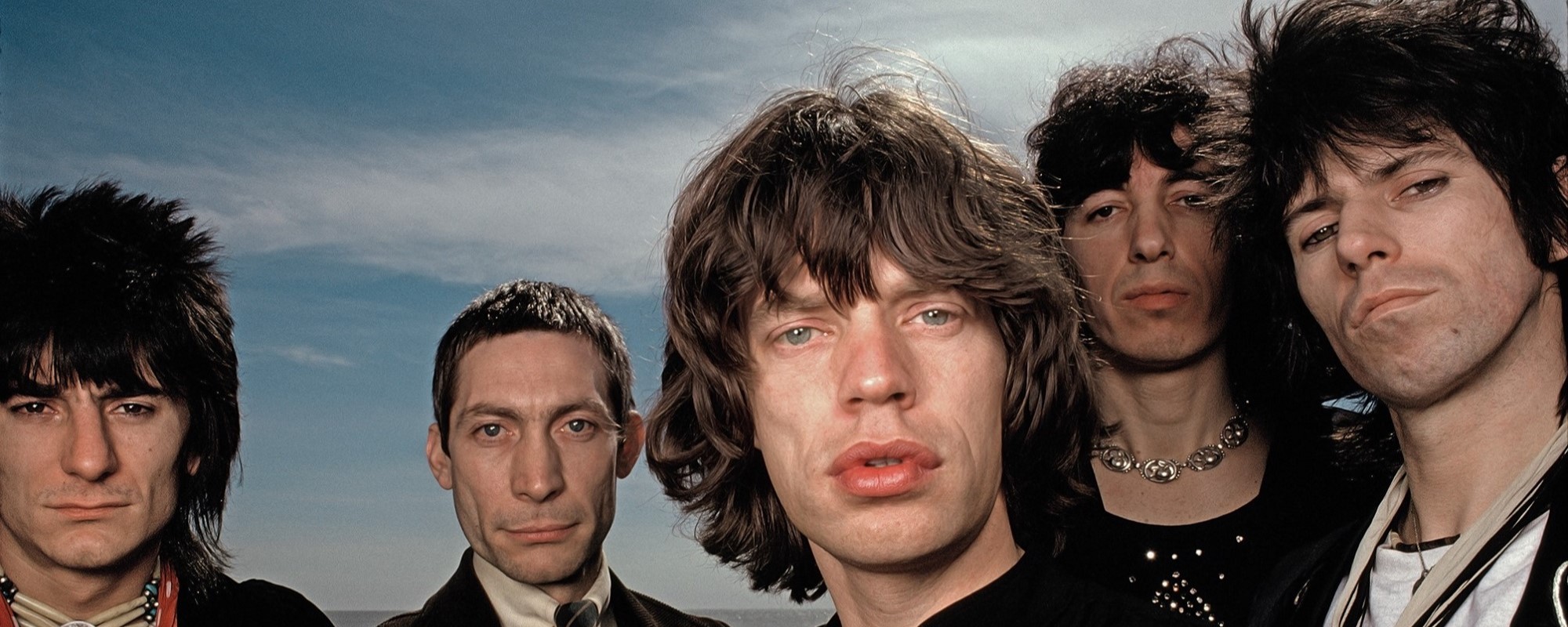

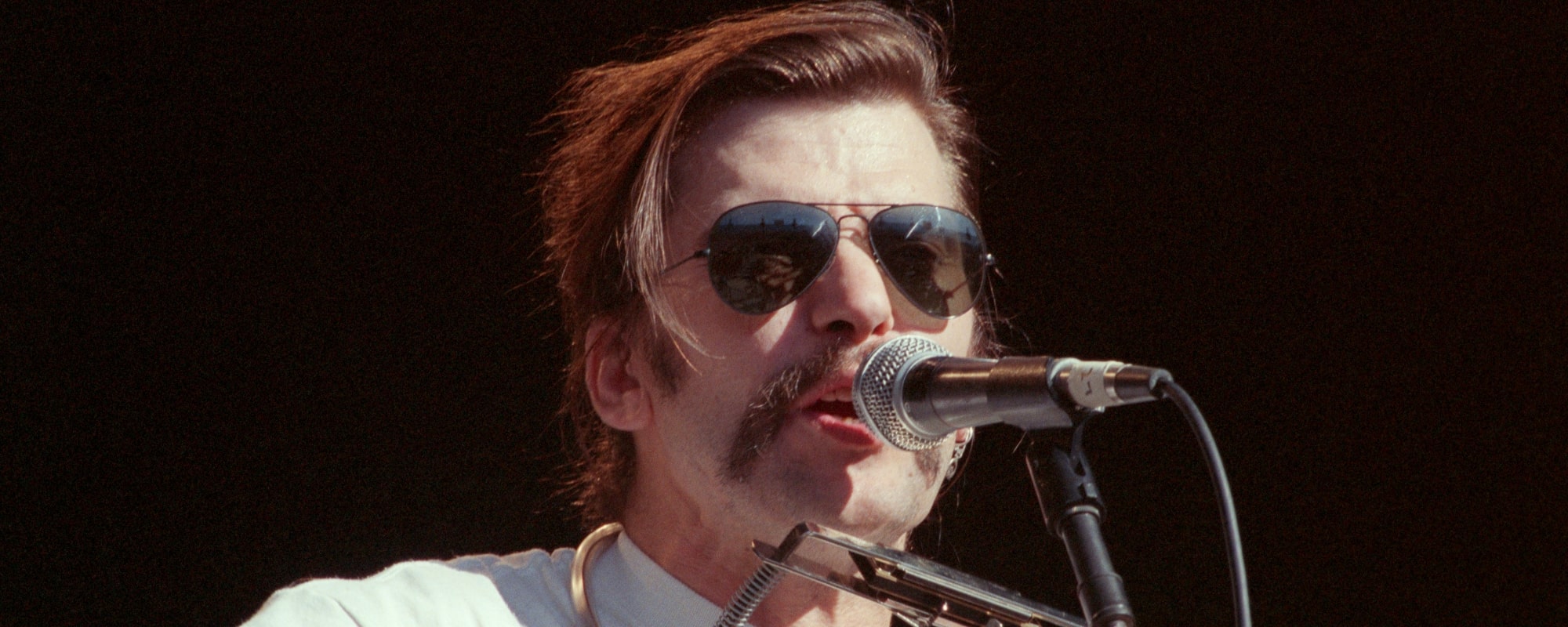

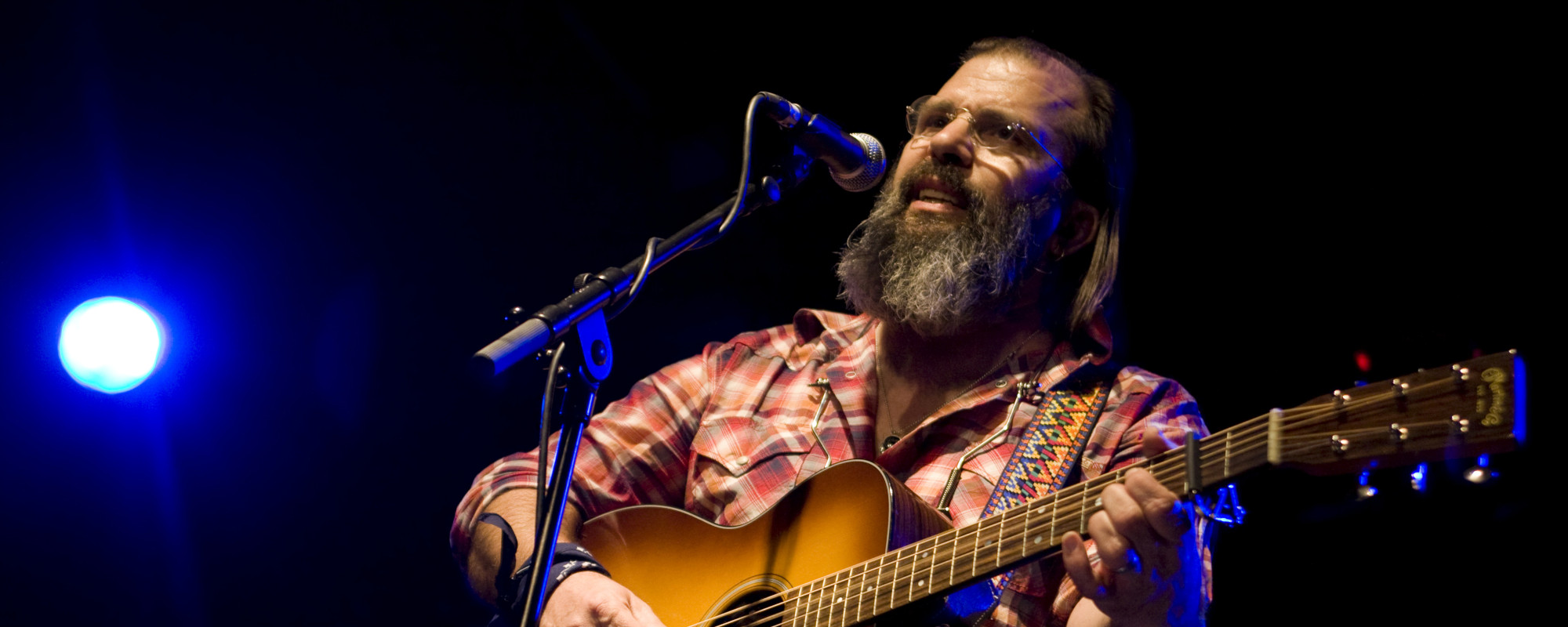
Leave a Reply
Only members can comment. Become a member. Already a member? Log in.